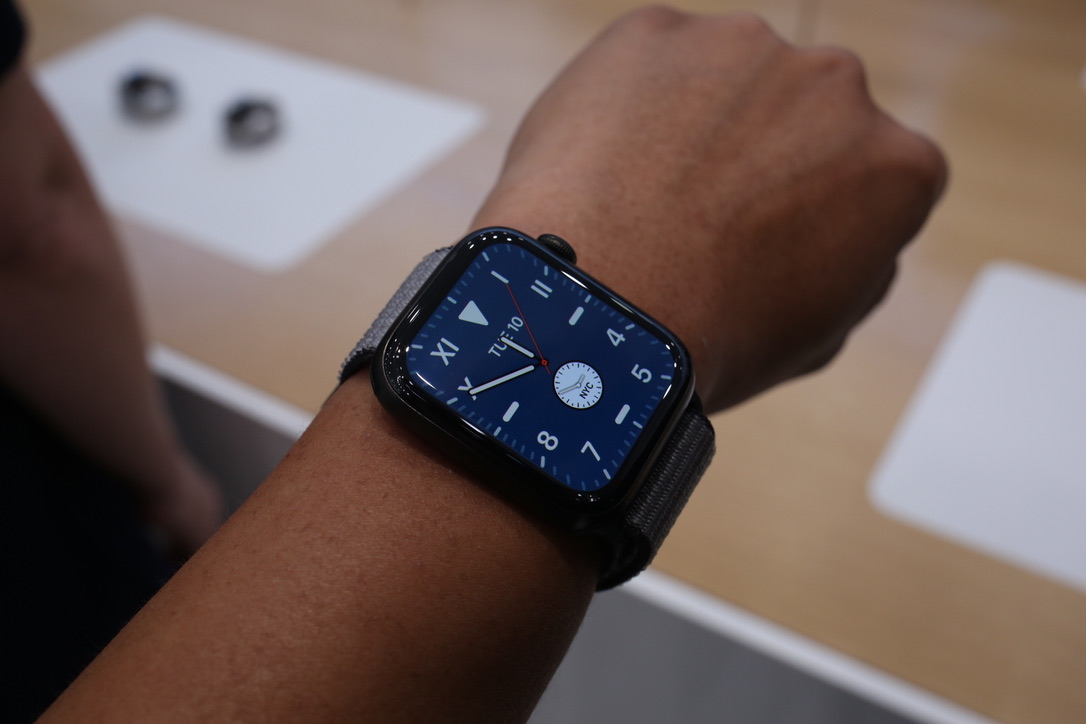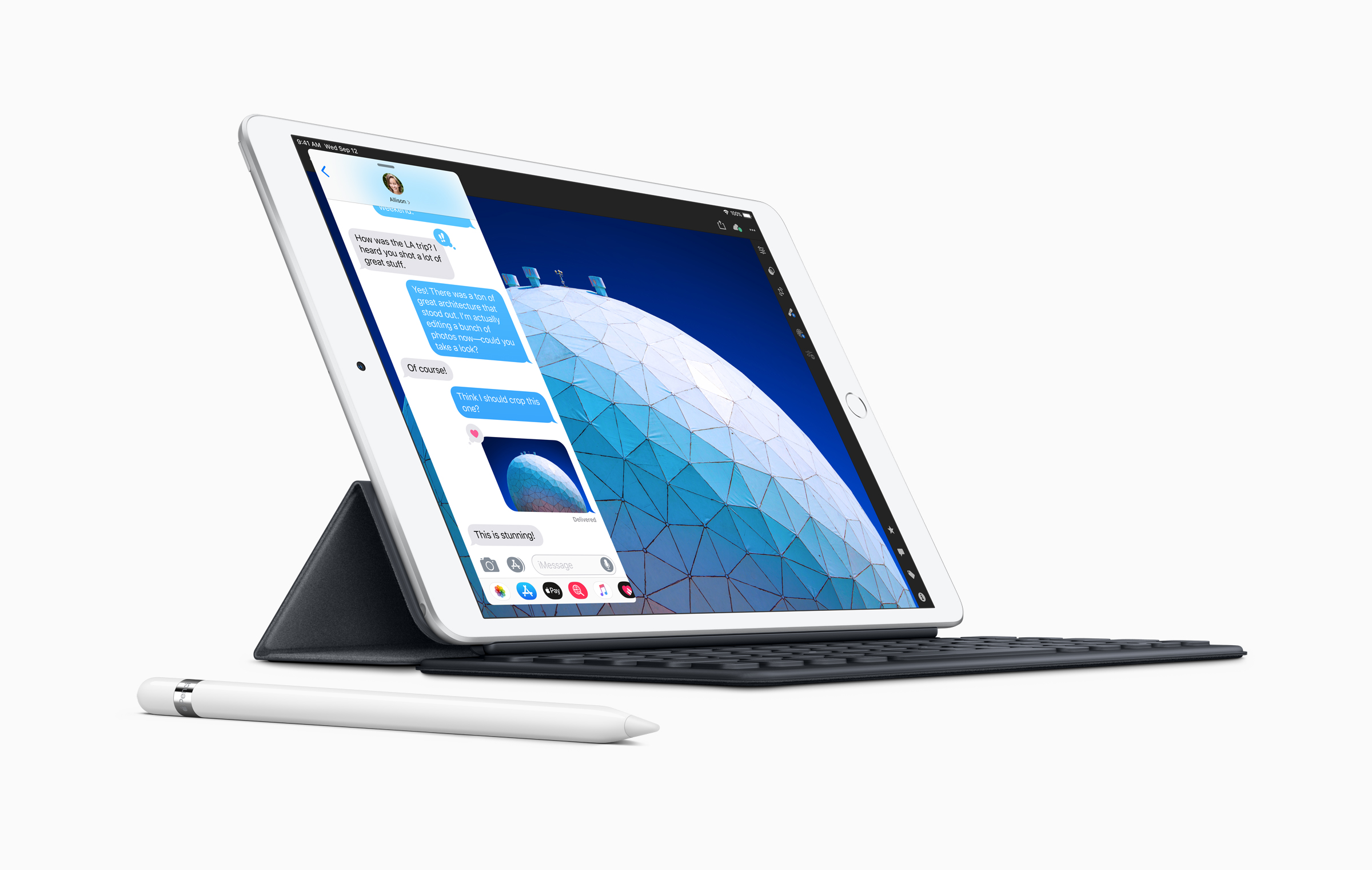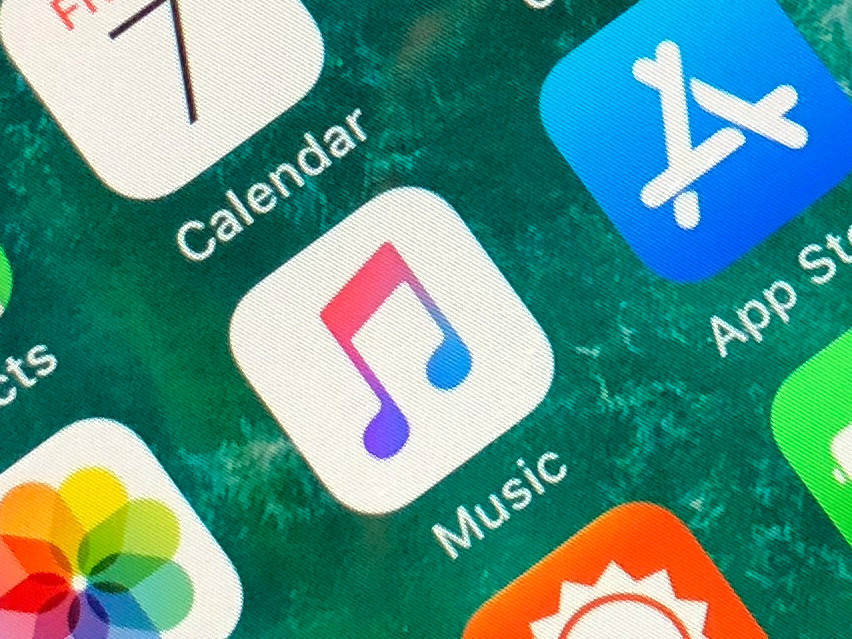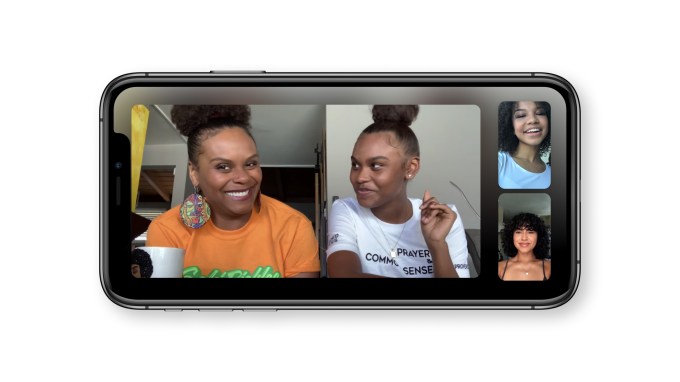Investor interest in no-code, low-code apps and services advanced another step this morning with Airtable raising an outsized round. The $185 million investment into the popular database-and-spreadsheet service comes as it adds “new low-code and automation features,” per our own reporting.
The round comes after we’ve seen several VCs describe no- and low-code startups as part of their core investing theses, and observed how the same investors appear to be accelerating their investing pace into upstart companies that follow the ethos.
The Exchange explores startups, markets and money. You can read it every morning on Extra Crunch, or get The Exchange newsletter every Saturday.
Undergirding much of the hype around apps that allow users to connect services, mix data sources and commit visual programming is the expectation that businesses will require more customized software than today’s developers will be able to supply. Low-code solutions could limit required developer inputs, while no-code services could obviate some need for developer time altogether. Both no- and low-code solutions could help alleviate the global developer shortage.
But underneath the view that there is a market mismatch between developer supply and demand is the anticipation that businesses will need more apps today than before, and even more in the future. This rising need for more business applications is key to today’s growing divergence between the availability and demand for software engineers.
The issue is something we explored talking with Appian, a public company that provides a low-code service that helps companies build apps.
Today we’re digging a little deeper into the topic, chatting with Mendix CEO Derek Roos. Mendix has reached nine-figure revenues with its low-code platform that helps other companies build apps, meaning that it has good perspective into what the market is actually demanding of itself and its low-code competition.
We want to learn a bit more about why business need so many apps, how COVID-19 has changed the low-code market and if Mendix is accelerating in 2020. If we can get all of that in hand, we’ll be better equipped to understand the growing no- and low-code startup realm.
A growing market
Mendix, based in Boston, raised around $38 million in known venture capital across a few rounds, including a $25 million Series B back in 2014. In 2018, Mendix partnered up with IBM to bring its service to their cloud, and later sold to Siemens for around $700 million the same year.
Read Full Article





